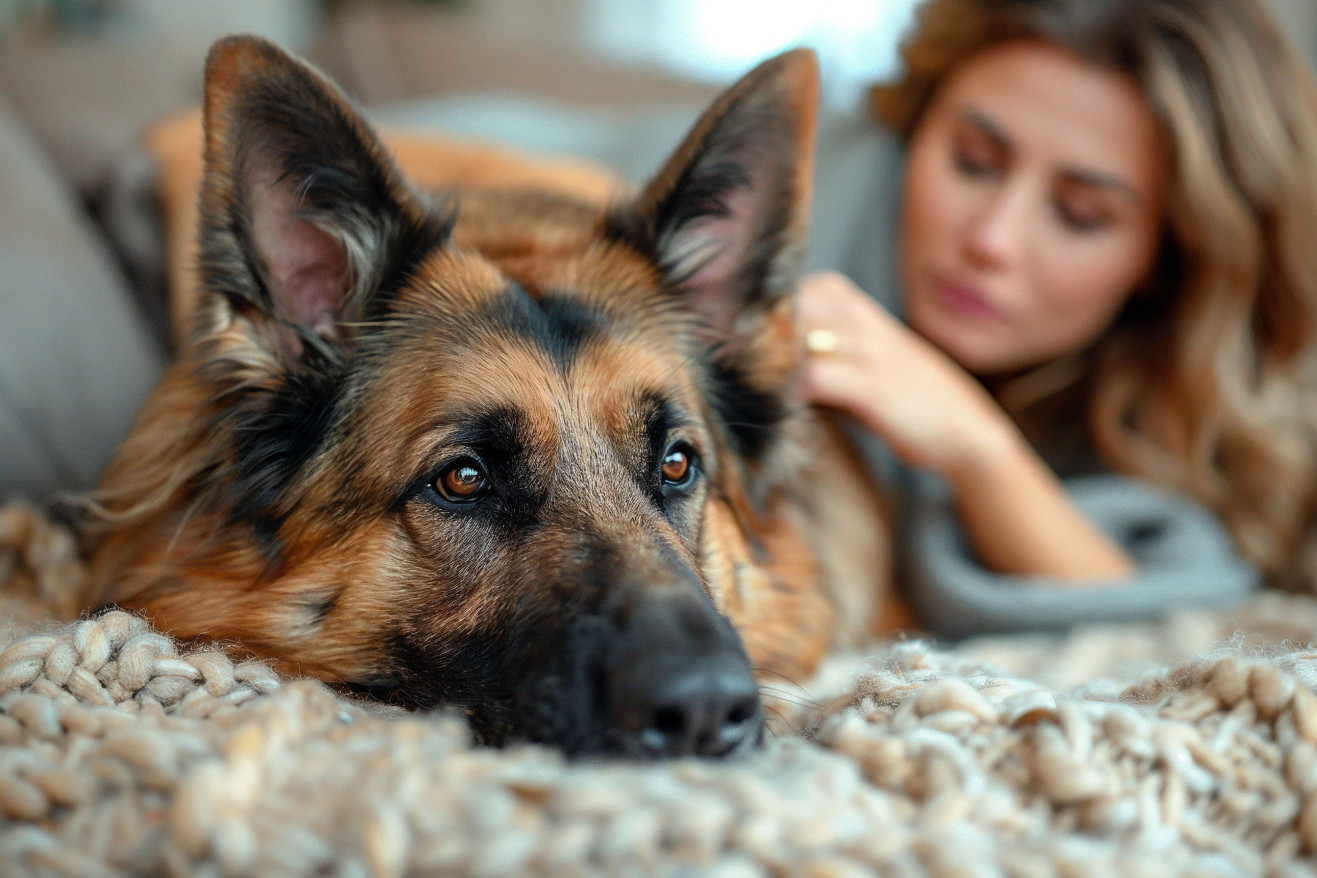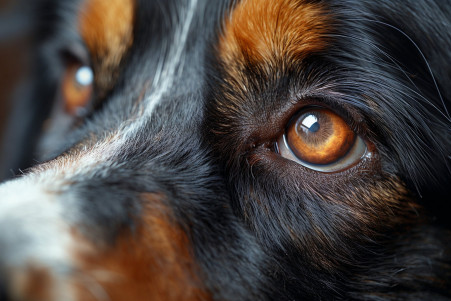Moles on Dogs: Causes, Characteristics, and When to Be Concerned
23 March 2024 • Updated 22 March 2024

If you’ve noticed moles or other skin growths on your dog, you may be worried. However, knowing the different types and potential causes can help you make sure your dog stays as healthy as possible. Moles are generally harmless, although some can be cancerous, but other common growths, like warts, cysts, or lipomas, are generally safe, although you should still watch for changes.
This article takes a closer look at moles and other skin growths on dogs, drawing on information from veterinary dermatologists, scientific studies, and reputable sources of information on pet health. With a better understanding of the causes, characteristics, and when to worry, you can make sure you’re providing the best care for your dog while also keeping an eye out for any potential issues that need medical attention.
Can dogs get moles?
What Causes Moles on Dogs?
Moles, also known as nevi, form when melanocytes, the cells that produce pigment, grow in a cluster in the skin. According to the Merck Veterinary Manual, there are a number of factors that can lead to the development of moles and other skin tumors in dogs.
Genetics are a major factor, and certain breeds are more likely to develop moles or specific types of skin tumors. WagWalking.com explains that Wirehaired Pointing Griffons, Kerry Blue Terriers, and Wheaten Terriers are prone to basal cell tumors, while Boxers, Pugs, and Rhodesian Ridgebacks are more likely to develop mast cell tumors.
Environmental factors, including sun exposure and exposure to chemicals, can also lead to the abnormal skin cell growth that results in moles or cancerous tumors. As the Guilford Jamestown Veterinary Hospital points out, hormonal imbalances and certain viral infections may also be involved.
In general, moles and skin tumors become more common in dogs as they age, which is likely due to a combination of factors, including cumulative sun exposure and changes in the immune system and hormones. Dogs with darker skin are also more likely to develop pigmented growths like moles.
How to Tell If Your Dog Has a Mole or Skin Growth
Frequent skin checks and regular grooming are important for finding and monitoring any new or changing moles and growths on your dog. According to The Dog People by Rover.com, it’s important to keep an eye on the spots and marks on your dog’s skin so you can let your vet know about any new moles.
PetHelpful explains that benign moles, or melanocytomas, are usually small, smooth, and well-defined. On the other hand, cancerous growths like malignant melanomas can be larger, irregular, and grow quickly. Lake Cross Veterinary Hospital says to watch for changes in color, bleeding, ulceration, or asymmetry, as these could be signs of a more serious issue.
It’s important to keep an eye on the size, shape, and texture of your dog’s moles over time so you can catch any potential problems early. Plains Vets explains that the earlier skin cancer is detected, the better the chances of successful treatment. Any new or suspicious growths should be checked out by a vet as soon as possible to ensure an accurate diagnosis and appropriate care.
How Moles and Skin Growths Are Treated
If a mole is a benign melanocytoma, it may not need to be treated if it is small, smooth, and well-defined. However, as noted by PetCure Oncology, surgical removal may be recommended if the mole is growing, causing the dog discomfort, or for cosmetic purposes.
More aggressive treatment is often needed for cancerous or fast-growing moles and skin tumors. Medical Oncology at NC State Veterinary Hospital explains that surgical removal is the treatment of choice for confirmed mast cell tumors, malignant melanomas, and other types of skin cancer. In some cases, such as when the tumor is large or has spread, surgery may be followed by radiation therapy or chemotherapy.
As emphasized by WebMD, early diagnosis and treatment are important for the best results, especially for malignant skin cancers, which are likely to metastasize. A veterinary oncologist can help determine the best treatment plan based on the growth’s specific characteristics.
Proactive Steps and Regular Checkups
One way to lower the risk of skin cancer in dogs, especially those with light skin or short hair, is to minimize sun exposure, according to the American Kennel Club. Regular grooming and careful skin examinations during these grooming sessions can help ensure that any new or changing growths are caught early, according to PetHealthNetwork.com.
It can also be helpful to keep detailed records of any moles or skin growths that are already present, including photos and written descriptions, so that you can monitor them for changes and more easily recognize potential problems. Mooresville Vet notes that it's important to get to know your dog's skin during regular grooming so that you can quickly identify any lumps or bumps that seem out of the ordinary.
While more research is needed to determine the impact of a healthy weight and diet on the risk of certain skin conditions, it's important to seek medical attention from a veterinarian right away if you notice any growths on your dog that concern you, according to PetMD.
Conclusion: How to Keep Your Dog's Skin Healthy
While moles and skin growths are common in dogs, it's important to keep an eye on them and make sure they don't change. Regular skin checks, quick trips to the vet, and early treatment can help ensure the best outcomes for cancerous growths. Knowing the causes, risk factors, and signs of worrisome moles can help you stay ahead of the game.
In addition, there are things you can do to help keep your dog's skin healthy, including protecting them from the sun and making sure they lead a healthy lifestyle. With the right attention and care, moles and other skin issues can be managed in dogs.


